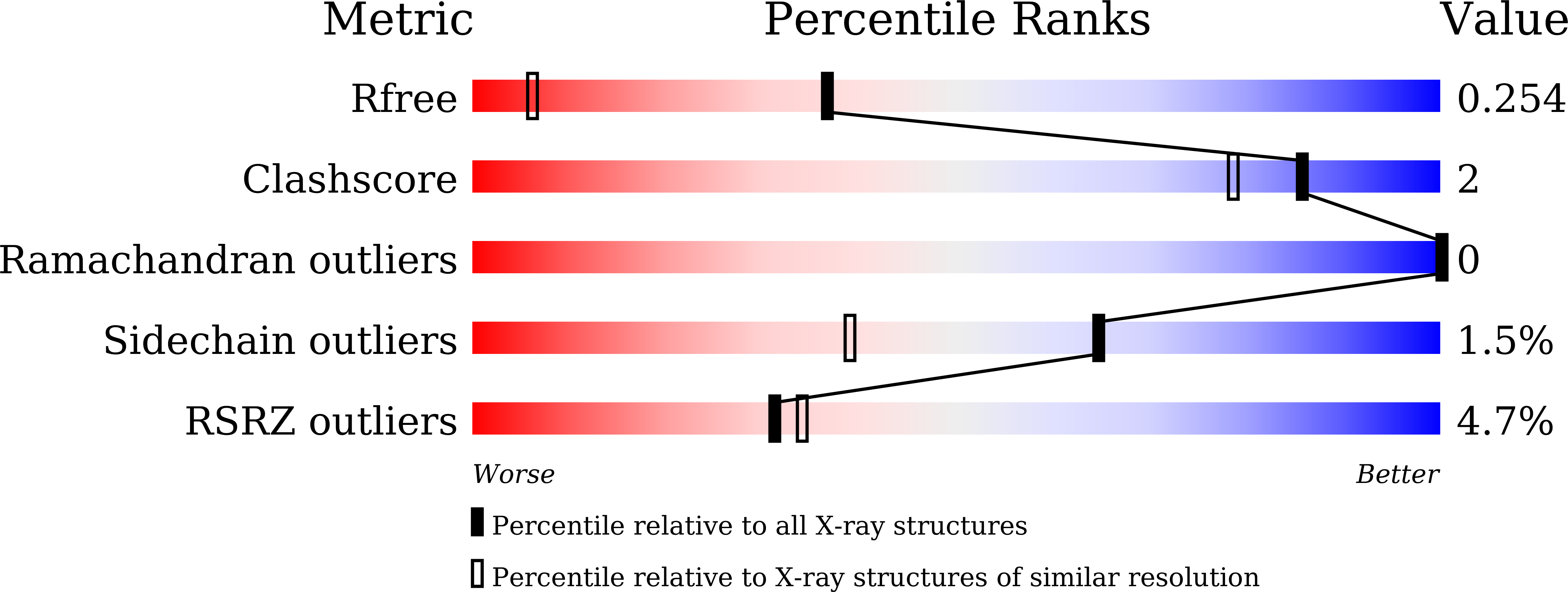
Deposition Date
2020-08-04
Release Date
2021-08-04
Last Version Date
2023-11-29
Entry Detail
PDB ID:
7COK
Keywords:
Title:
Crystal structure of ligand-free form of 5-ketofructose reductase of Gluconobacter sp. strain CHM43
Biological Source:
Source Organism:
Gluconobacter sp. (Taxon ID: 1876758)
Host Organism:
Method Details:
Experimental Method:
Resolution:
1.50 Å
R-Value Free:
0.25
R-Value Work:
0.23
R-Value Observed:
0.23
Space Group:
P 1 21 1


